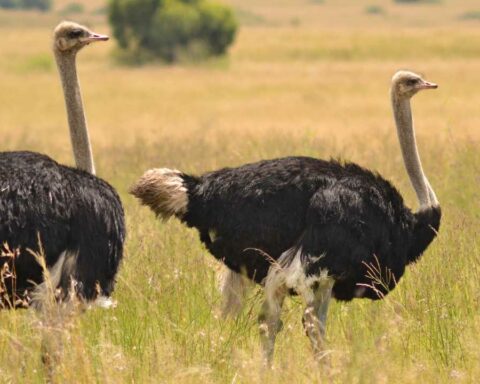Elephants are one of the most iconic animals in the world, and their adaptations have allowed them to survive for centuries. From their thick skin to their powerful trunks, elephants have evolved many unique characteristics that make them well-suited for life in a variety of environments. Here, we will explore adaptations of an elephant and how they help elephants thrive on land and in water.
Adaptations Of An Elephant
Behavioral Adaptations Of An Elephant
Behavioral adaptations are actions or behaviors that animals develop in order to better survive and reproduce in their environment. Here are some examples of behavioral adaptations of an elephant:

Memory:
Elephants have excellent memories and are able to remember the locations of water sources, food sources, and other important landmarks for long periods of time.
Communication:
Elephants have a complex system of vocalizations, body language, and touch that they use to communicate with one another.
Social behavior:
Elephants are highly social animals and live in close-knit herds with complex social hierarchies. They form strong bonds with other members of their herd and engage in a variety of social behaviors, such as touching and grooming one another.
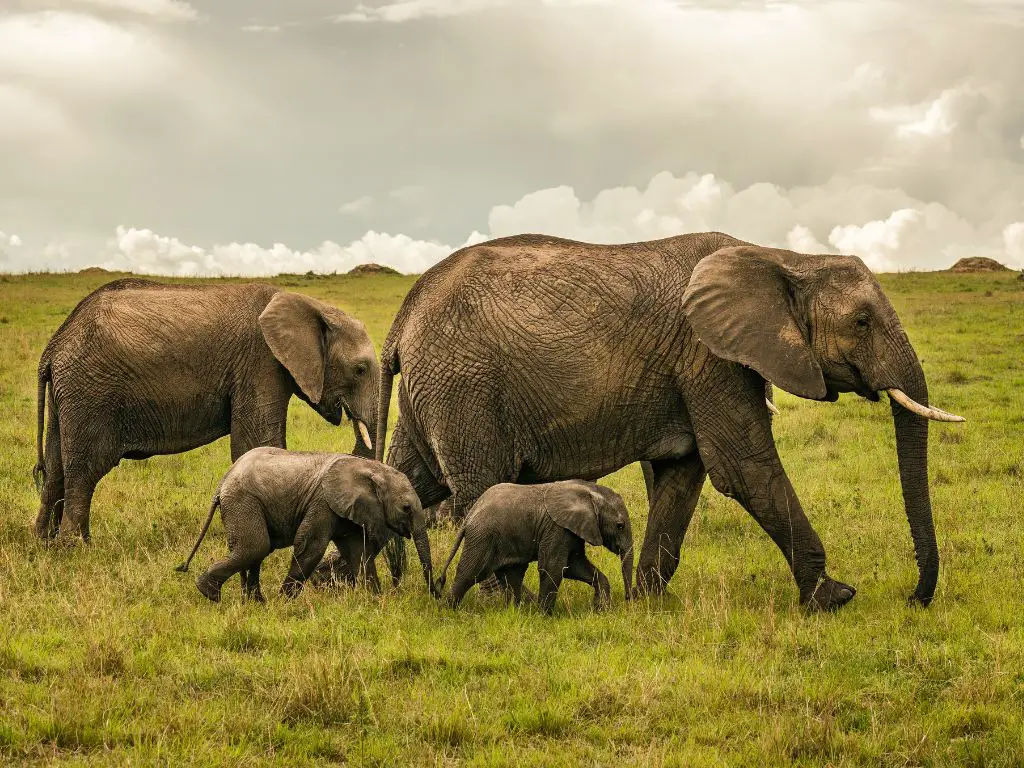
Problem-solving:
Elephants are intelligent animals and are able to solve problems in order to obtain food or water, or to protect themselves from predators.
Migration:
Some elephant populations migrate over long distances in search of food and water.
Play:
Elephants, particularly young ones, engage in play behavior in order to learn and practice important skills.
Parenting:
Female elephants invest a lot of time and effort into caring for their young, including protecting them from predators and teaching them important skills.
Structural Adaptations Of An Elephant
Structural adaptations are physical characteristics or traits that animals develop in order to better survive and reproduce in their environment. Here are some examples of structural adaptations of elephants:
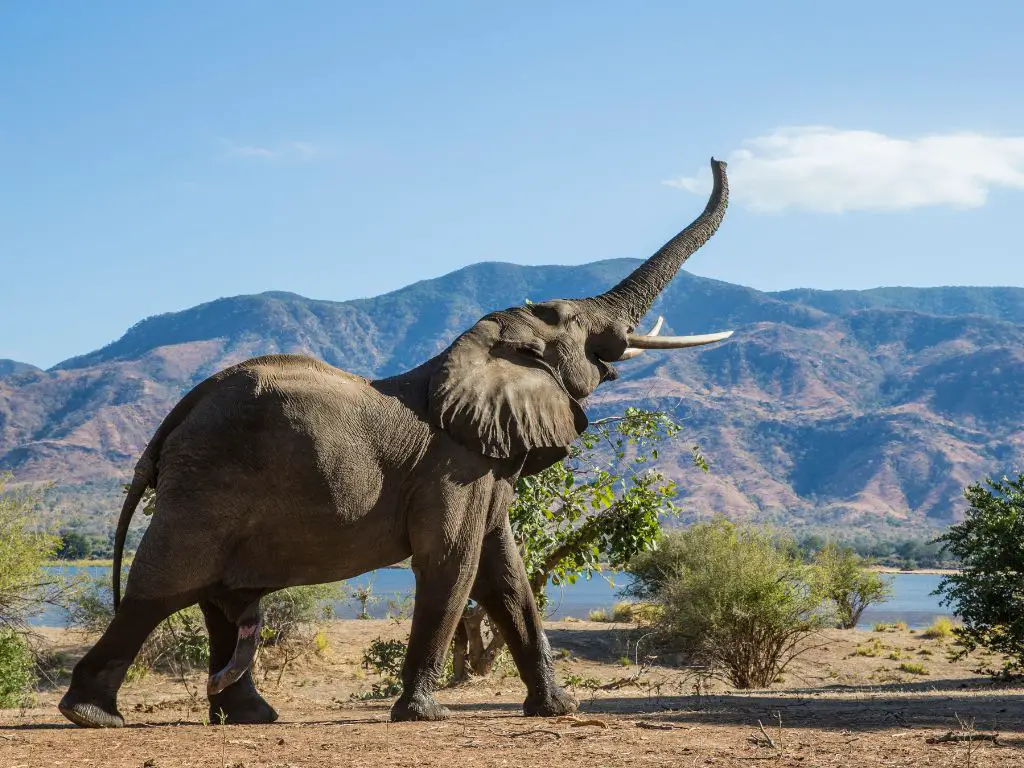
Size:
Elephants are the largest land animals on Earth, and their size helps them to deter predators and to forage for food in different environments.
Trunk:
Elephants have a long, flexible trunk that they use for a variety of purposes, including breathing, drinking, eating, and grasping objects. It is a long muscular tube with two nostrils at its end capable of grasping objects with remarkable precision due to thousands upon thousands nerve endings located throughout it. The trunk can be used both underwater (for breathing)and above ground (for drinking), making it incredibly versatile no matter what environment an elephant finds itself in. It is also an important tool for communication and social bonding.

Tusks:
Elephants have large, pointed tusks that they use for digging, lifting heavy objects, and defending themselves. They can even be used to break branches off trees!
Ears:
Elephants have large ears that they use to regulate their body temperature and to communicate with other elephants. The ears also serve as important visual displays in social interactions.
Feet:
Elephants have four large, flat feet that help them to support their massive body weight and to move across a variety of terrains.
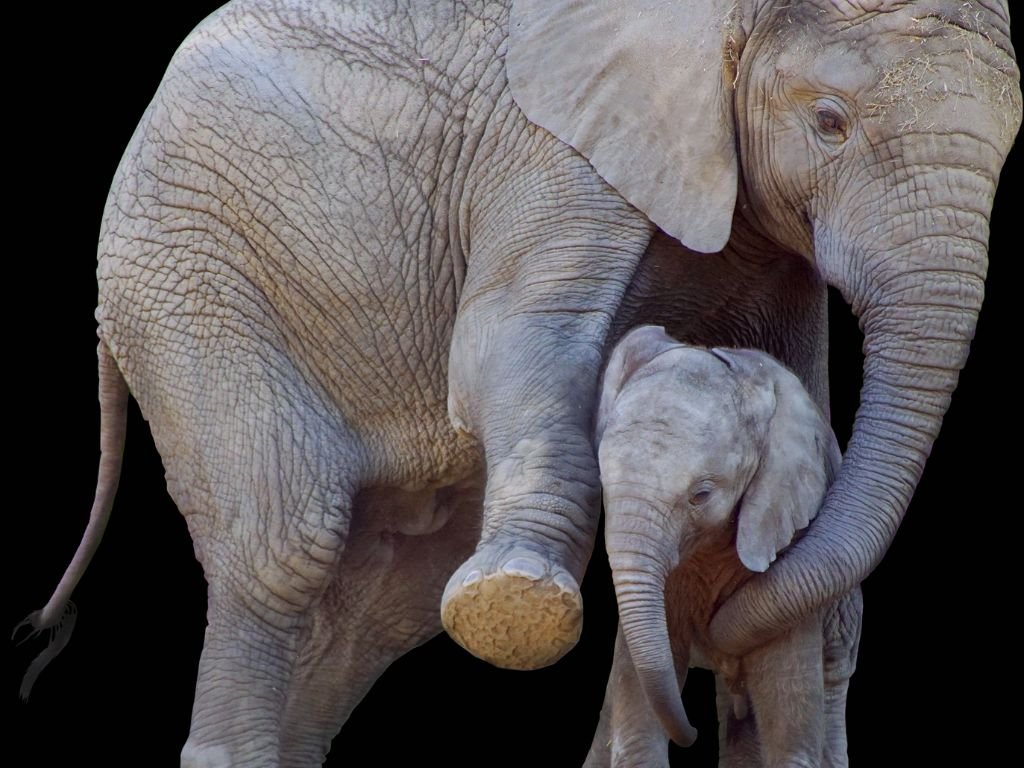
Skin:
Elephants have thick, wrinkled skin that provides protection from the sun and parasites, as well as insulation in colder climates. The skin not only helps to protect it from harsh weather conditions such as extreme heat or cold but also from predators like lions or hyenas. This protective layer also serves another purpose; its dense fibers act like insulation against intense sunlight during hot days by reflecting UV rays away from the animal’s body surface.
Teeth:
Elephants have strong, durable teeth that they use for grinding up tough plant material. They go through several sets of teeth in their lifetime, with the back molars being replaced as they wear down.
Physiological Adaptations Of An Elephant
Physiological adaptations are the body’s functions and processes that allow an animal to survive and reproduce in its environment. Here are some examples of physiological adaptations of elephants:
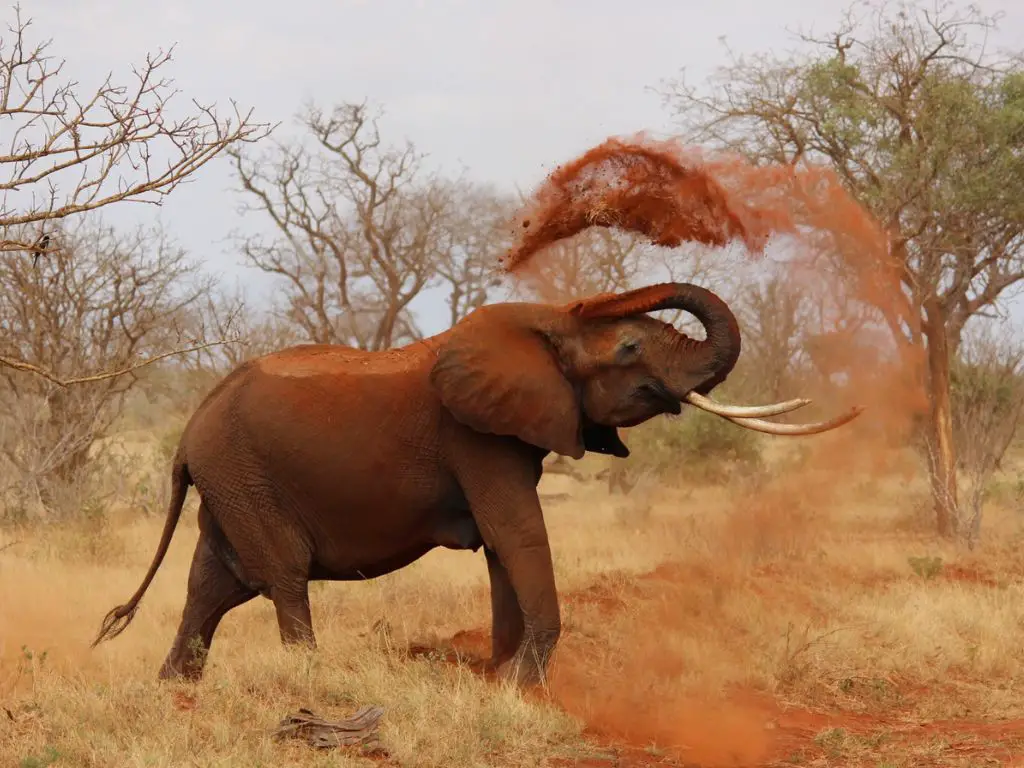
Digestion:
Elephants have a complex digestive system that allows them to extract nutrients from a diet of mostly plants, which are low in nutrients and high in cellulose. They have large, muscular stomachs that contain bacteria that help to break down plant material, and they also consume sand and small stones (called gastroliths) to aid in grinding up their food.
Water conservation:
Elephants live in environments where water may be scarce, so they have developed a number of adaptations to help them conserve water. For example, they have a highly efficient renal system that allows them to reabsorb water from their urine and feces, and they are able to extract moisture from the plants they eat.
Respiration:
Elephants have a unique respiratory system that allows them to take in large amounts of air and to hold their breath for extended periods of time while diving underwater.
Temperature regulation:
Elephants have a number of adaptations that help them to regulate their body temperature, including their large ears, which they use to dissipate heat, and their thick skin, which provides insulation in colder climates.
Reproduction:
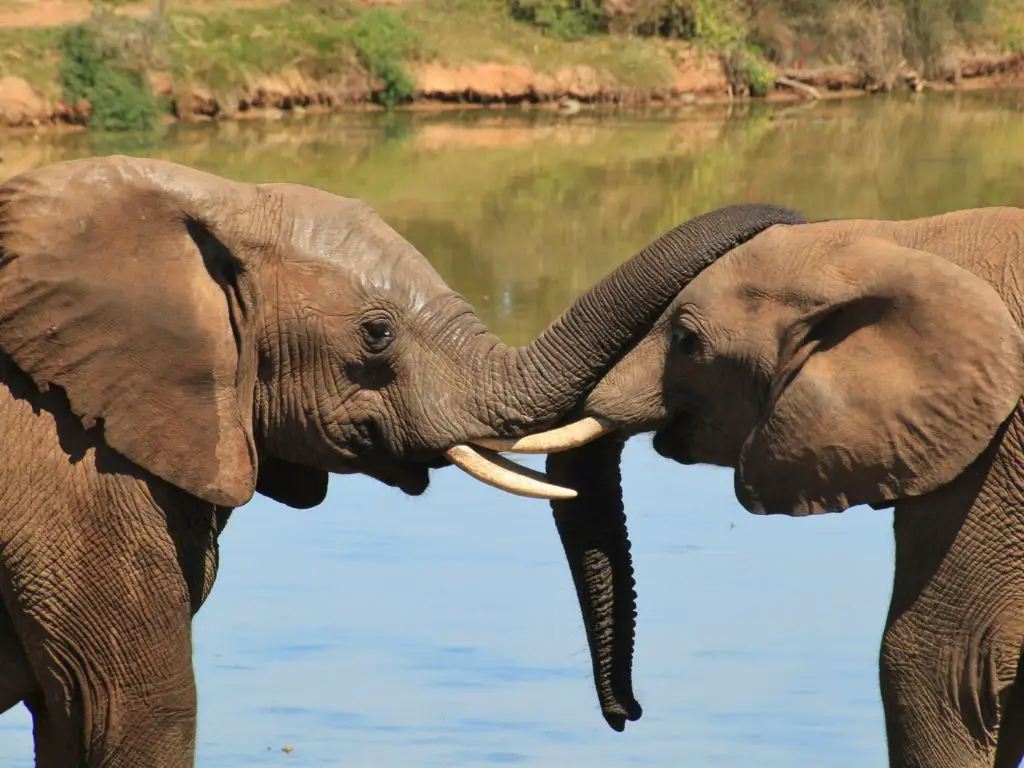
Elephants have a long reproductive cycle, with females becoming sexually mature at around 12 years of age and giving birth to a single calf after a pregnancy of around 22 months.






